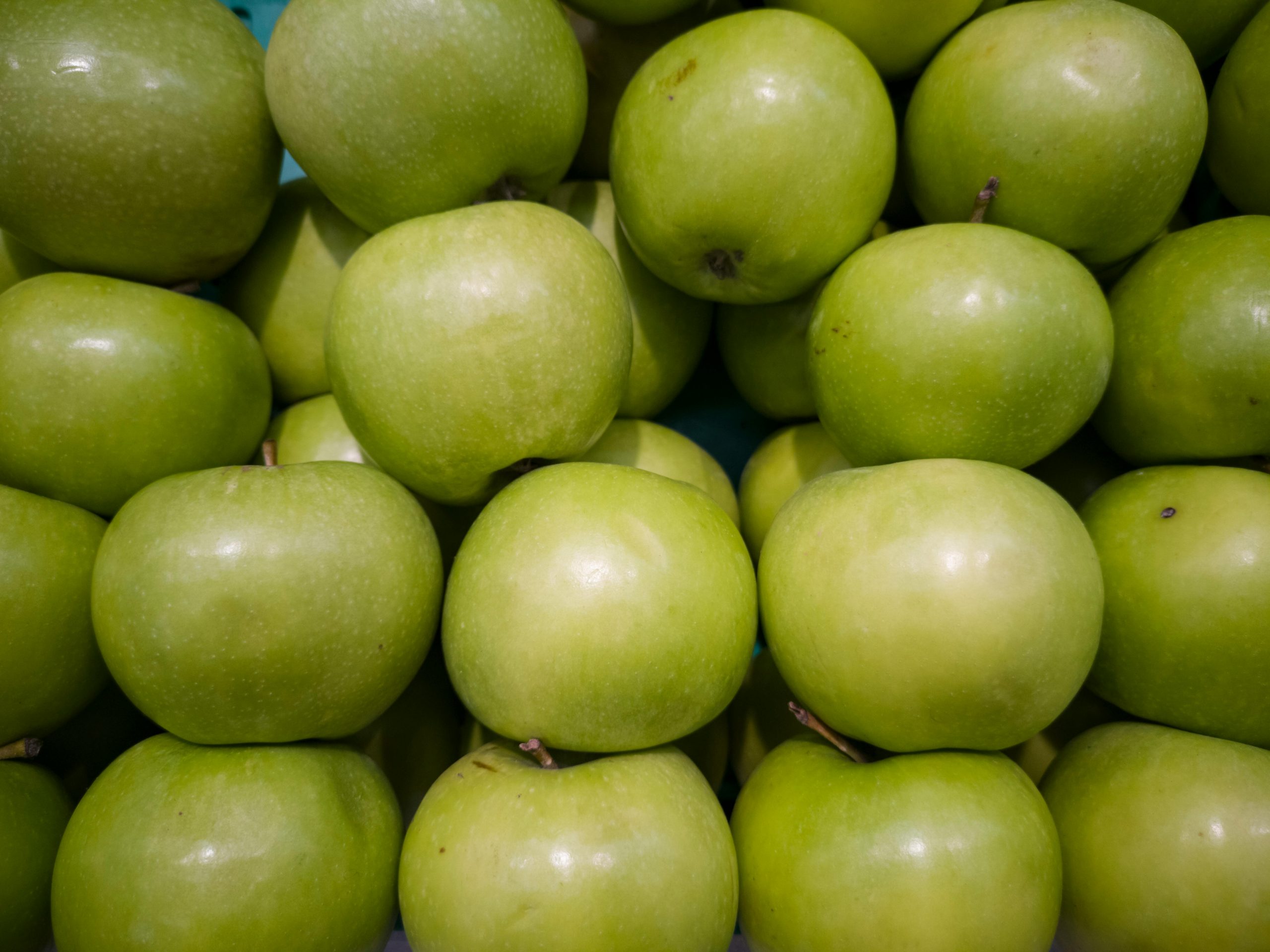Nature’s Gems: Discovering Olives’ Place Among Fruits

When pondering the question, “Are olives a fruit?” one must consider the botanical definition of a fruit. While olives are commonly perceived as vegetables due to their savory nature, they are actually classified as fruits. Specifically, olives are considered to be a type of drupe, a fruit with a pit surrounded by flesh. This unique classification sets olives apart from other fruits, showcasing their diverse characteristics and culinary significance.
Nature’s Gems: Discovering Olives’ Place Among Fruits delves into the rich history and cultural importance of olives as a fruit. From their origins in the Mediterranean region to their role in ancient civilizations, olives have long been revered for their versatile uses and health benefits. This article explores the various ways in which olives have been valued throughout history, shedding light on their enduring appeal as a beloved fruit.
In the upcoming sections of Nature’s Gems: Discovering Olives’ Place Among Fruits, readers can expect to learn about the different varieties of olives and their distinct flavors. Additionally, the article will delve into the nutritional benefits of olives, highlighting their high content of healthy fats and antioxidant properties. By gaining a deeper understanding of olives as a fruit, readers will be able to appreciate the unique role they play in culinary traditions around the world.
- Olives are indeed fruits, classified as a type of stone fruit due to their pit encasing the seed.
- Olive trees require a long growth period and prefer temperate climates to thrive and produce high-quality fruits.
- The cultivation and harvest of olives involve specific methods to ensure the highest quality of olives for consumption.
- Olives are not typically eaten straight from the tree due to their bitter taste; they require curing processes to become palatable.
- The health benefits of olives are vast, attributed to their high levels of monounsaturated fats, vitamin E, and antioxidants.
- The versatility of olives in cuisines worldwide is evident, as they are incorporated in various dishes and condiments.
- Olives have cultural significance in Mediterranean regions and are a symbol of peace, wisdom, and prosperity.
- As a sustainable crop, olive trees can provide many environmental benefits, such as combating soil erosion and promoting biodiversity.
- Understanding that olives are fruits sheds light on their natural growing process, nutritional value, and culinary significance in global cuisine.
Are Olives a Fruit?
Olives are classified as a fruit, specifically a type of drupe fruit. This means that olives come from the ovary of a flower and have a hard pit containing a seed inside. Despite being commonly mistaken for vegetables, olives are indeed a type of fruit, making them a unique and versatile addition to the fruit category.
When exploring the world of olives, it’s important to understand some key terms related to this fruit. Firstly, olives grow on olive trees, which are native to the Mediterranean region but are now cultivated in various parts of the world. The process of harvesting olives and transforming them into the delicious fruit we know involves methods such as curing, brining, and pressing to extract olive oil.
To fully appreciate the place of olives among fruits, it’s essential to have some background information on their history and cultural significance. Olives have been cultivated for thousands of years and have played a crucial role in Mediterranean cuisine and traditional practices. Whether enjoyed on their own as a snack, used in cooking, or pressed for oil, olives offer a diverse range of flavors and culinary possibilities.
Types of Olive Trees
There are several different types of olive trees available for cultivation, each with their own unique characteristics and qualities. Common varieties include the Arbequina, Kalamata, and Frantoio. These trees can vary in size, shape, and the flavor of their olives. Some are better suited for oil production, while others are ideal for table olives.
Uses of Olive Oil
Olive oil is not only a popular cooking ingredient, but it also has a variety of other uses. It can be used as a moisturizer for dry skin, a natural hair conditioner, and even as a base for homemade beauty products. Additionally, olive oil is often used in traditional medicine for its health benefits, such as reducing inflammation and improving heart health.
Culinary Uses of Olives
Olives are a versatile ingredient that can be used in a variety of dishes. They can be chopped and added to salads, pizzas, and pasta dishes, or served whole as a garnish or snack. Olives can also be stuffed with ingredients like cheese or peppers for a unique and flavorful appetizer. Additionally, olives can be pressed to create olive paste or tapenade, which can be used as a spread or dip.
1. Are olives considered a fruit or a vegetable?
Olives are classified as a fruit, specifically a stone fruit, because they contain a pit or stone in the center. Botanically speaking, fruits are defined as the mature ovary of a flowering plant, which contains seeds for reproduction. Olives fit this definition as they develop from the ovary of the olive tree and contain seeds within their pits.
2. How are olives different from other fruits?
Olives are unique among fruits due to their distinct flavor profile, which is often described as briny, slightly bitter, and rich. Additionally, olives are commonly cured or processed before consumption, which involves soaking them in brine or oil to enhance their flavor and texture. This curing process sets olives apart from most other fruits, which are typically enjoyed fresh.
3. What health benefits do olives offer?
Olives are a nutritious addition to a balanced diet, as they are rich in monounsaturated fats, which are heart-healthy fats that can help reduce inflammation and improve overall heart health. Olives also contain antioxidants, such as vitamin E and polyphenols, which can protect cells from damage and reduce the risk of chronic diseases like cancer and arthritis.
4. Can olives be grown in different climates?
Olives are known for their ability to thrive in Mediterranean climates, characterized by hot, dry summers and mild, wet winters. However, olives can be grown in a variety of climates, ranging from semi-arid to subtropical regions. They are adaptable to different soil types and can withstand drought conditions, making them a versatile crop for farmers around the world.
5. How are olives harvested and processed?
Olives are typically harvested by hand or using mechanical shakers to knock the fruit off the tree. Once harvested, olives undergo a curing process, which can involve brining, dry salt curing, or fermentation. This process helps to reduce the bitterness of olives and enhance their flavor. After curing, olives are often packed in brine or oil for preservation and flavor enhancement.
6. What are the different types of olives available?
There are numerous varieties of olives available, each with its own unique flavor, texture, and color. Some common types of olives include Kalamata, green Manzanilla, black Mission, and Castelvetrano. These varieties can range from mild and buttery to briny and tangy, offering options for a wide range of palates and culinary uses.
7. How can olives be incorporated into recipes?
Olives are a versatile ingredient that can be used in a variety of savory dishes, from salads and pasta to pizza and tapenade. They can be enjoyed whole, sliced, or pureed to add depth of flavor and a salty kick to recipes. Olives are also commonly paired with herbs, citrus, and cheese to create bold and balanced flavor combinations.
8. Are there any cultural or historical significance to olives?
Olives have a long history of cultivation dating back thousands of years, with origins in the Mediterranean region. They hold cultural significance in many countries where they are grown, such as Greece, Italy, and Spain, where they are a staple in traditional cuisine. Olives have also been used symbolically in ancient rituals, religious ceremonies, and as a sign of peace and prosperity.
9. Can olives be preserved at home?
Yes, olives can be preserved at home using various methods, such as brining, dry salt curing, or packing in oil. Home preservation allows for customization of flavors and ingredients, as well as the opportunity to experiment with different curing techniques. It is important to follow proper safety guidelines to ensure that the preserved olives are safe for consumption.
10. Are olives a sustainable crop?
Olives are considered a sustainable crop due to their ability to thrive in arid conditions, low water requirements, and long lifespan of olive trees. They also contribute to soil health by preventing erosion and improving water retention. Olive oil production has been recognized for its environmental benefits, such as reduced carbon emissions and preservation of biodiversity, making olives a sustainable choice for farmers and consumers alike.
Final Thoughts
Olives have long held a unique place among fruits, sparking debates over whether they truly belong in the fruit category. Despite their savory nature and common use in culinary applications, olives are, in fact, fruits due to their botanical classification. This distinction sheds light on the diverse characteristics and nutritional benefits that olives offer, making them a valuable addition to our diets.
The rich history and cultural significance of olives further highlight their importance as a cherished natural gem. From ancient civilizations to modern culinary trends, olives continue to captivate taste buds and inspire creativity in the kitchen. Their versatility in various forms, including oil and pickled varieties, makes olives a staple ingredient in many cuisines worldwide.
Exploring the diverse uses of olives beyond the plate reveals their potential in skincare, aromatherapy, and even sustainable living practices. Embracing olives as more than just a culinary delight allows us to unlock their full potential as nature’s gems. By incorporating olives into our daily lives, we can appreciate their unique flavors, health benefits, and eco-friendly properties.
In conclusion, the debate over “are olives a fruit?” ultimately emphasizes the multifaceted nature of these green or black gems. Whether enjoyed on their own, as an accompaniment, or as a source of inspiration, olives truly deserve their place among nature’s finest fruits.




![Berry Antioxidant Desserts [Beginner’s Guide]](https://healthtipsyou.com/wp-content/uploads/2024/04/Berry_Antioxidant_Desserts__Beginner_s_Guide__2024_04_21_07_11_46_716344_00_00-768x439.jpeg)

